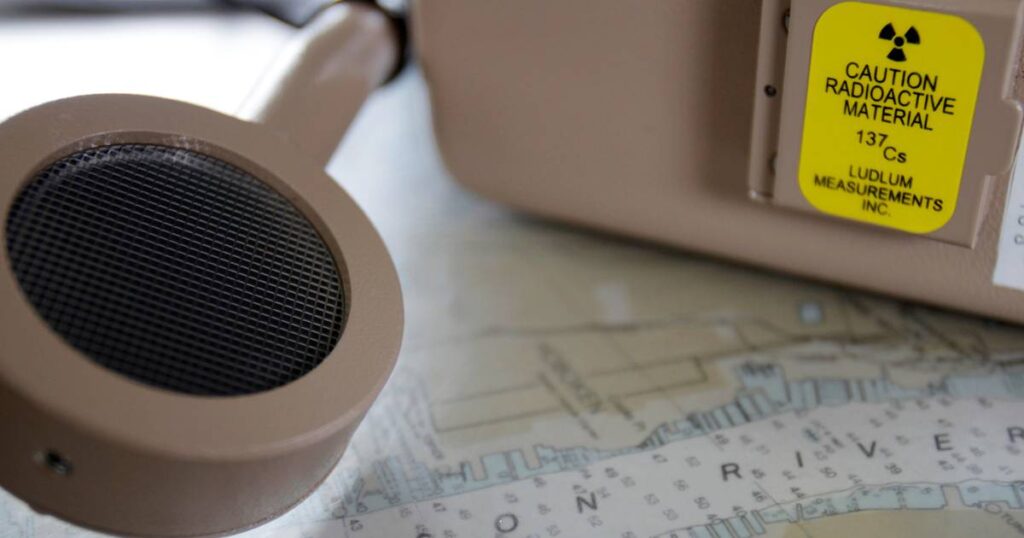Because they aim to spread radioactive dust and smoke into the sky and induce panic, confusion, and anxiety, dirty bombs have long been regarded as a potential terrorist weapon.
The Kremlin claims that Ukraine is getting ready to explode a dirty bomb so they can pin it on Russia and escalate the war, which is already in its ninth month. That assertion has been rejected as “transparently erroneous” by Western nations.
Although there have never been any known dirty bomb attacks, there have been two alleged failed attempts to explode a dirty bomb in the Chechen region of southern Russia more than 20 years ago.
The comparatively crude, inaccurate weapons known as “dirty bombs” are technically referred to as “radiological dispersion devices.” They are significantly less deadly and cheaper to make than nuclear weapons. They are also much easier to produce.
In dirty bombs, radioactive material is combined with ordinary explosives, such dynamite, and then thrown into the air by the power of the explosion. Although harmful, the amount of radioactive material spread is not always fatal.
The bomb’s components may have come from research facilities, radioactive sources used in industry and medicine, or other sources.
According to Scott Roecker, vice president for the nuclear materials security programme at the Washington-based non-profit The Nuclear Threat Initiative, “a dirty bomb is relatively simple to create.” It’s a rudimentary device.
Numerous factors affect how many people are killed and how much damage a dirty bomb causes.
A key factor is the amount and type of conventional explosives that are used, which determine the magnitude of the blast.
Other influences include the amount and type of radioactive materials emitted as well as the weather, particularly the wind, at the time of the explosion. The contamination could spread across a vast area.
Most dirty bombs wouldn’t release enough radiation to kill or even seriously illen people.
Low doses of radiation exposure typically have no side effects. Because radiation cannot be seen, smelled, or tasted, people might not be aware if they have been exposed.
A dirty bomb would probably result in a small number of fatalities. Such devices are frequently referred to as “weapons of mass disruption” because of their primary psychological effect.
According to Roecker, dirty bombs are used more overtly in urban areas rather than on battlefields.
“More of a psychological weapon, they are. Using a weapon like this, you could try to intimidate or frighten individuals “explained he.
When ingested close to the blast’s core, the radioactive dust and smoke can travel far and pose a threat. According to Roecker, the radioactive cloud would probably cover several blocks. However, radioactive material becomes less concentrated and less dangerous as it diffuses through the atmosphere.
The type of radiation, the length of exposure, and whether the radiation was taken in orally, breathed, or absorbed via the skin are important factors in determining radiation exposure.
Radiation detection requires specialised equipment. Homes, companies, and public facilities that have been contaminated may need to undergo an expensive clean-up process and be off-limits for several months.
What is a dirty bomb, please?

